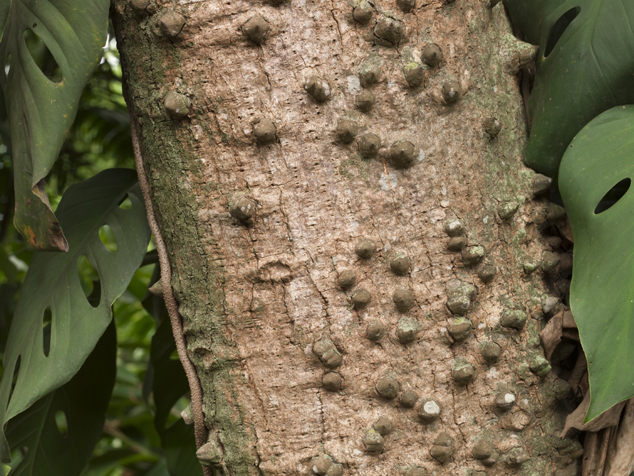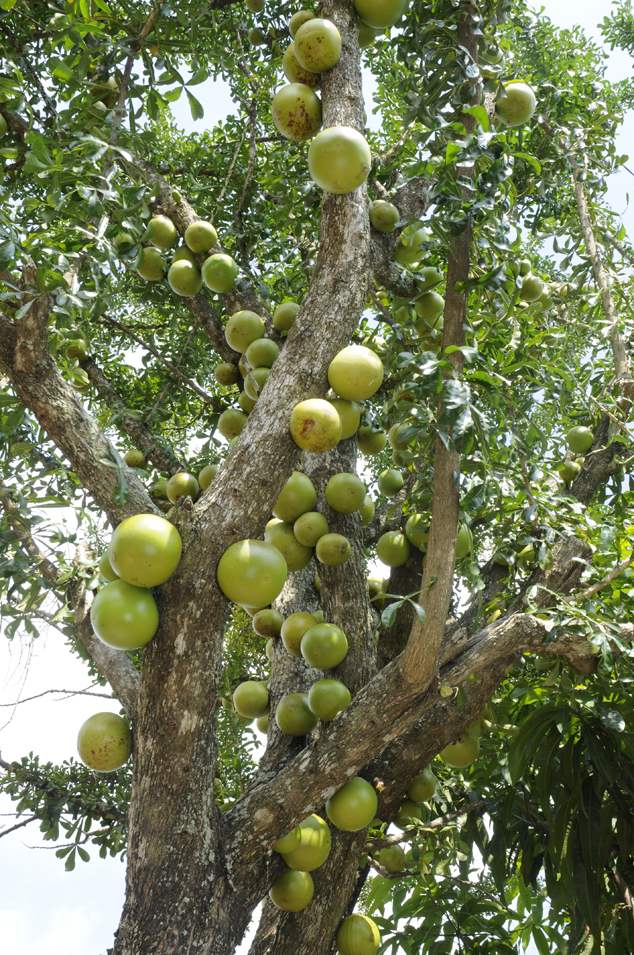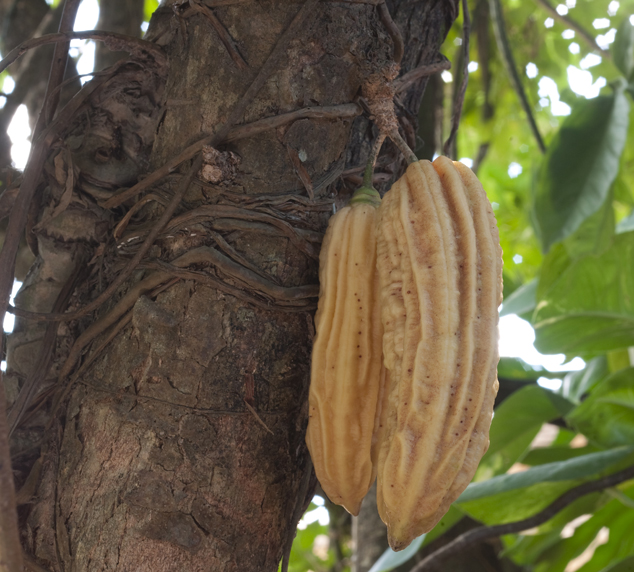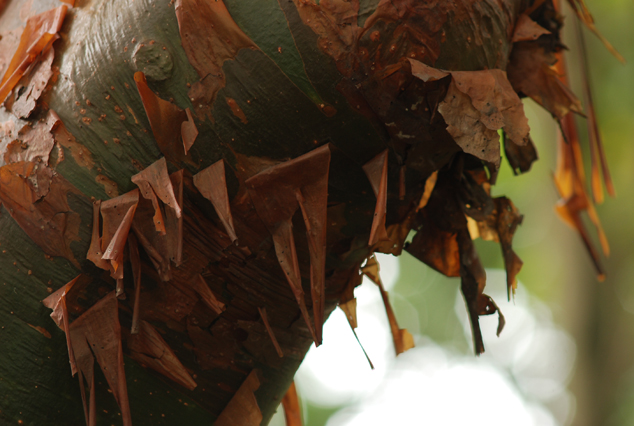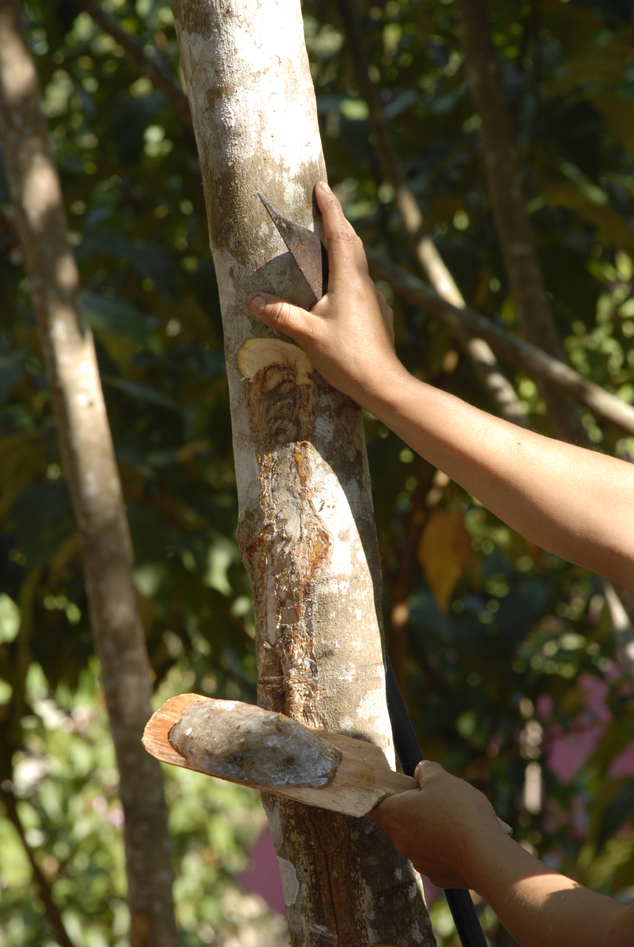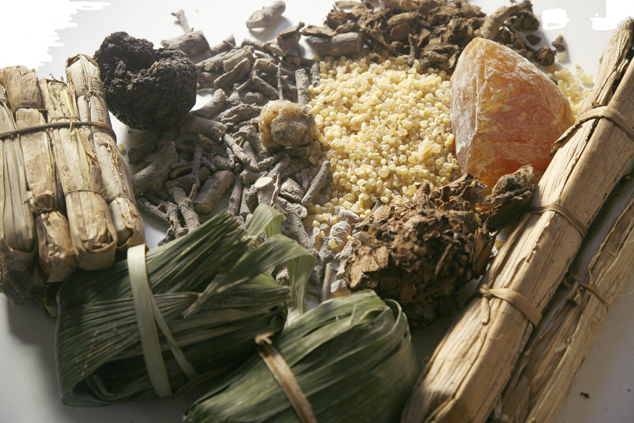Archaeologists could better understand the Classic Maya if they recognized the dozens of important trees: incense trees, trees with edible leaves, fruits, or nuts; trees for building homes; plus sacred trees.
There is a book, Trees of Guatemala, that is like a bible to those who work in ethno-botany. But unfortunately the book is only a botanical itemization: it does not discuss the sacred aspects or really the silvacultural aspect of the important trees in the culture of the Maya people.
So one reason weThat at FLAAR Reports work so hard to study trees is to assist both archaeologists understand the botanical aspects and to assist botanists to understand the cultural, archaeological, ethnographic aspects of these trees to the people that live in Guatemala, Mexico, Belize, and Honduras.
There are thousands of tree species in Mesoamerica. Out of these I work with utilitarian and trees with edible parts. Of these hundred trees more or less, I have selected several groups of trees to start with. It will take two or three more years of research and field trips to handle all the pertinent trees, so first we start with the important major species that we list on this page. All the other trees are in our annual report on Maya ethnobotany (which is a free download).
Ceiba trees and other trees with conical spines
Ceiba trees are important because the ancient Maya used the trunk with spines as a model for their incense burners. And other spiny trees were a mimic of the rough hide and “spines” of a crocodile.
Lagartillo: Alibertia edulis, Heliotropium (CR); Zanthoxylum (CR)
Lagarto: Abelmoschus (C); Zanthoxylum (CR)
Lagarto amarillo: Zanthoxylum (CR)
Lagarto negro: Lacmellia (CR); Zanthoxylum (CR)
Palo de lagarto, Ceiba aesculifolia, may have spines like “ceiba”
Ceiba, Ceiba pentandra, Sacred Maya tree, national tree of Guatemala
Bishop Landa mentioned the ceiba in Yucatan: “Another (tree) bears a certain large fruit that is filled with a wool that for pillows is superior to tow. (Landa Gates translation p. 104). I have no idea what Gates means by “tow.” I will have to find Tozzer’s translation.
Palo lagarto, Ceiba aesculifolia, another tipe of ceiba with spines in the trunk at jardin botanico, Guatemala City, july 2011. Photo by Nicholas Hellmuth
Sacred trees
Scores of trees (more than just the ceiba) are featured in Maya mythology. I list here only three of them. Each of these trees also has edible or utilitarian features in addition to being sacred.
Coral tree, seeds of tzite, arbol de pito, (divination), Erythrina corallodendron,Erythrina berteroan. As with many tropical plants, several parts are edible, other parts are toxic. We raise these trees in the FLAAR ethnobotanical garden.
Jicaro, Crecentia cujete. I have devoted considerable time and effort to study the flowers and fruits of both species of Crecentia tree over the last five years. FLAAR has probably the largest photographic reference archive of these two trees in the world.
Morro, Crecentia alata,
Morro, Crescentia cujete tree, notice all the diffrent size and shape of the fruits along the tree.
Cuajilote, Parmentiera aculeata is related to both jicaro and morro. The form and structure of the flower and bud, and several aspects of the tree and leaves are obviously similar to jicaro and morro. But the fuit is soft and looks more like a cacao than anything like what is on a Crecentia tree. I have spent a lot of time the last two weeks studying Cuajilote, Parmentiera aculeata trees all over Lowland Guatemala.
Cuajilote, caiba, Pamentiera aculeata tree with fruits in pairs, the fruit can appear single or in pairs and this feature depends on the region where the tree can be found. Photo by Nicholas Hellmuth, Sayaxche, Peten, Guatemala.
Incense trees
When you read Bishop Landa’s Relacion de las Cosas de Yucatan you realize how much incense must have been burnt in Classic Maya times. It would be a helpful thesis or dissertation of a medical student could do a medical-ethnobotanical study of the health effects of breathing in all the smoke the people must have consumed.
Plus all the smoke people consumed in their humble houses from cooking smoke. And even more smoke from burning corozo nuts so the smoke would ward off mosquitos. The average Maya citizen must have themselves literally smelled of smoke over their entire outside.
- Balsam, Myroxylon species,
- Copal pom, Bursera microphylla
- pom, copal incense Protium copal
- Palo-jiote, muliche, indio desnudo, Bursera simaruba
- pine resin as incense, Pinus pseudostrobu, Pinus oocarpa.
- Liquidambar, arbol de estoraque, Liquidambar styraciflua
- Croton (cochinal croton) red tree sap crotan sanguifluus (Popol Vuh),
- Quercus species (oak tree)
- Rubber, hule, Castilla elastica. Yes, rubber was also burned as incense. Rubber was made into effigies.
- marigold, flor de muerto, Tagetes erecta, Dahlia variabilis,Tagetes lucida, burned with pericon blanco, decorates cemeteries(Atran et al. 2004:93).
- Stevia eupatoria; more often medicinal than incense
Palo jiote, Bursera simaruba tree at botanical garden, Guatemala City, July. Photo by Camila Morales
Colecting incense from a tree. Photo by Nicholas Hellmuth
Incense type, different kinds of incense that can be found in local markets. Photo by Jaime Leonardo
Palm trees
You could easily write an entire book about the edible and utilitarian palm trees of Guatemala, especially of Peten, Verapazes, and piedmont through coastal areas.
Fruit trees
There are dozens of fruit trees in the topics. So there is a separate section in our web site on fruit trees.
Nut trees
A few nut trees can be found in Guatemala, such as cashew. But this is outside, below a soft fruit. So it is not a “nut” like you find inside a hard shell.
Trees for house construction
Since my background is in architecture I am interested in wood for house construction. So during the coming year, as funds become available, we will write about trees used for wood.
Most recently updated August 16, 2011.
First posted in late July 2011.

